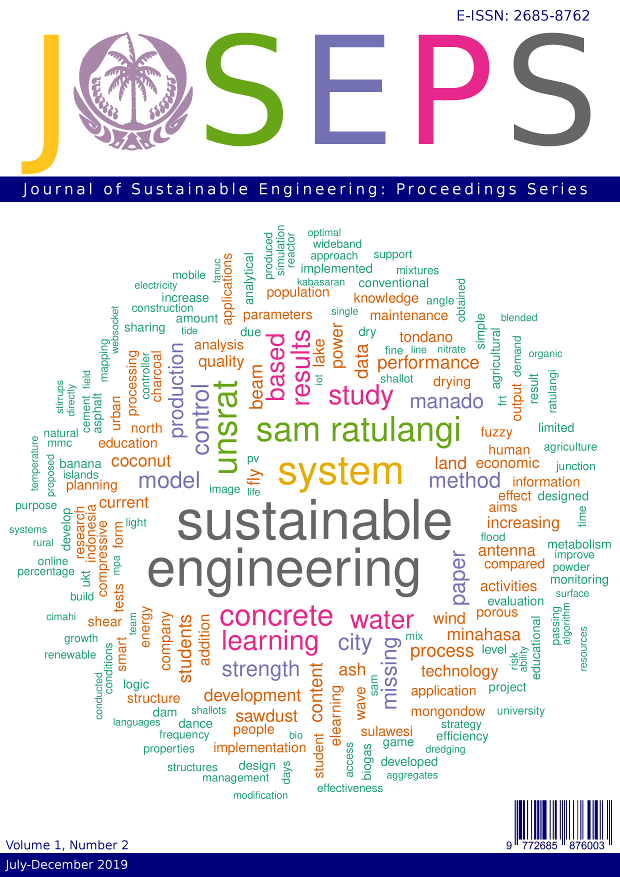


The advection dispersion module (AD) permits the simulation of processes of dispersion of contaminants and thermal effluent. The sediment transportation module (ST) provides the transportation rate in coastal, fluvial and estuary areas, due to the action of currents and waves. It considers the action of the refraction, the shoaling, the seabed friction and the wave breakage in the propagation of a wave spectre. The “Nearshore” module (NS) is applicable to the study of wave agitation in coastal areas. The “Elliptic Mild Slope” (EMS) module is a model of regular wave refraction-diffraction which includes shoaling, partial or total reflection, wave breakage, seabed friction and transmission of waves through structures. The wave module (BW) includes Boussinesq’s terms in the resolution of equations: refraction phenomena, diffraction, shoaling, reflection and transmission through porous structures. This is the base element upon which the different modules of the programme are implemented. The hydrodynamic model (HD) simulates variable flows in two horizontal dimensions and one sole vertical layer (vertically homogenous flows).

HIDTMA has, amongst others, the MIKE 21 solution, which consists of a general numerical modelization system for the simulation of levels of water and flows in estuaries, bays and coastal areas.


 0 kommentar(er)
0 kommentar(er)
